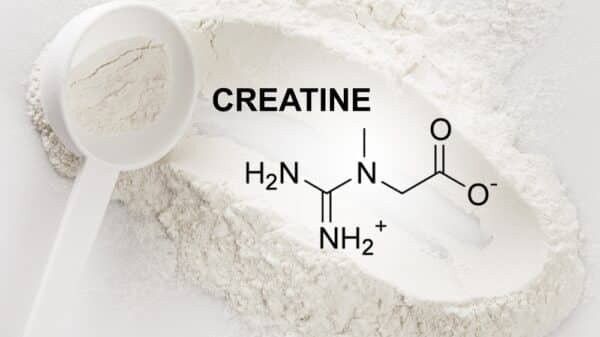The quest for longevity and a fulfilling life has intrigued many, leading to the exploration of habits and practices that promote well-being. One fascinating voice in this dialogue is Dr. John Scharffenberg, a 101-year-old nutrition professor whose life story underscores the importance of maintaining an active lifestyle.
Key Principles for a Healthy Life
Dr. Scharffenberg has consistently emphasized that regular exercise is vital to living a long and healthy life. Despite being a nutritionist, he boldly claims that physical activity holds even greater significance than diet. This perspective resonates with the experiences of other centenarians, many of whom credit their long lives to engaging in simple yet effective forms of exercise, such as gardening and walking. These activities not only keep them physically active but also serve to support cardiovascular health.
Rethinking Step Goals
Traditionally, the goal of walking 10,000 steps each day has been viewed as a benchmark for health benefits. However, recent studies have prompted experts, like Dr. Tamanna Singh from the Cleveland Clinic, to reconsider that number. Research involving 57 different studies has shown that achieving 7,000 steps daily could lead to significant health improvements. Dr. Singh suggests that even lower step counts, approximately between 3,500 and 5,000, can still yield benefits, including reduced cardiovascular risks.
This is a refreshing viewpoint, especially for those who may find it challenging to hit the 10,000-step mark due to time constraints or physical limitations.
The Incremental Benefits of Movement
Dr. Singh points out that every increment of 1,000 steps contributes to about a 15% reduction in cardiovascular risk. This highlights a crucial takeaway: more movement is beneficial for heart health. This not only encourages individuals to incorporate more walking into their daily routines but also fosters a mindset where any additional activity can improve overall wellness.
Health Benefits Beyond Steps
Walking is associated with numerous health advantages, including improved blood pressure, cholesterol levels, muscle strength, and bone density. These benefits reiterate the importance of regular physical activity, no matter how small the increments may be.
Practicality Over Perfection
For those struggling to meet ideal step goals due to hectic schedules, it’s important to recognize that any amount of movement is advantageous. Embracing the idea that “every little bit counts” can motivate individuals to integrate more activity into their daily lives. Simple actions, like taking the stairs instead of the elevator or walking the dog, can accumulate to significantly enhance overall health.
Conclusion
In summary, Dr. John Scharffenberg’s lifetime of experience, combined with contemporary research from experts like Dr. Tamanna Singh, offers valuable insights into the components of longevity and health. Whether through daily walks or engaging in enjoyable physical activities, cultivating an active lifestyle can have profound impacts on one’s well-being. As we’ve learned, the journey to health doesn’t solely depend on hitting specific numerical targets but rather on embracing a consistent and practical approach to movement.
Image Source: Drazen Zigic / Shutterstock
































